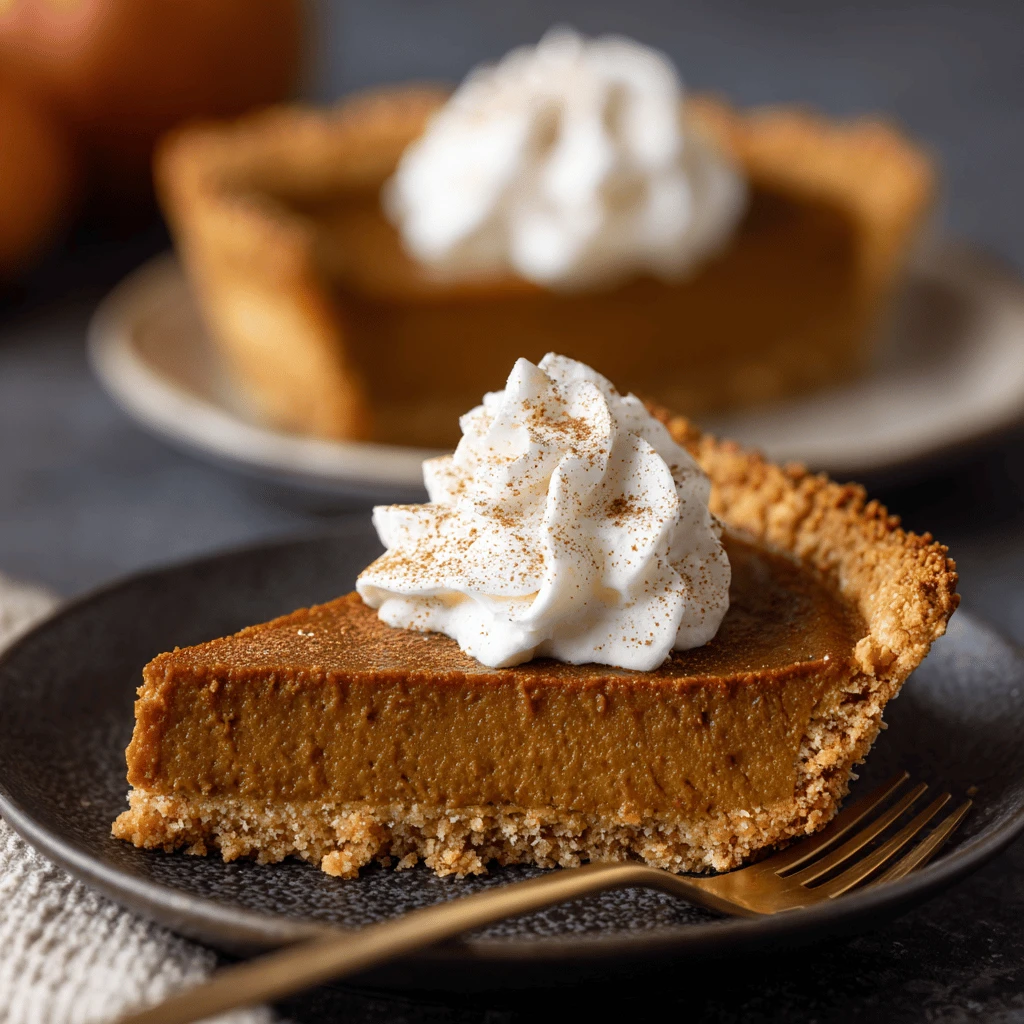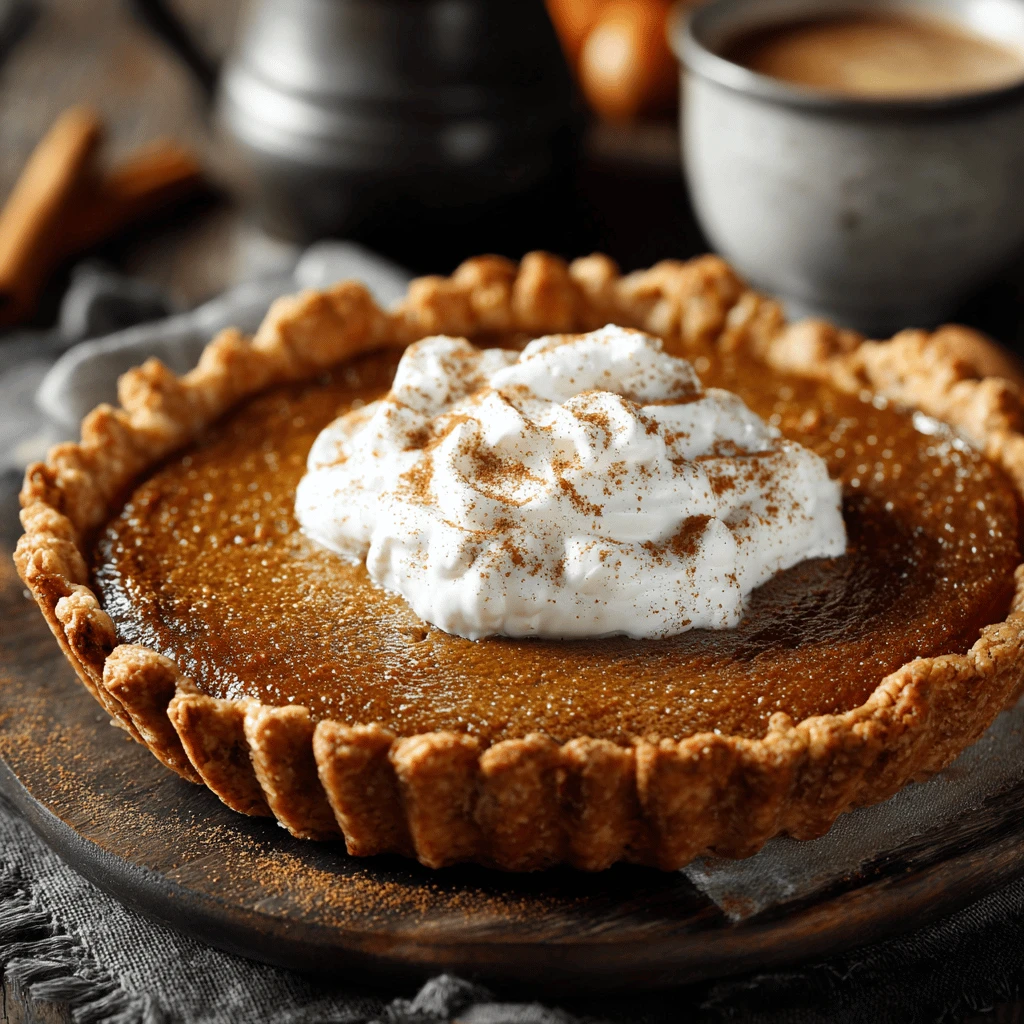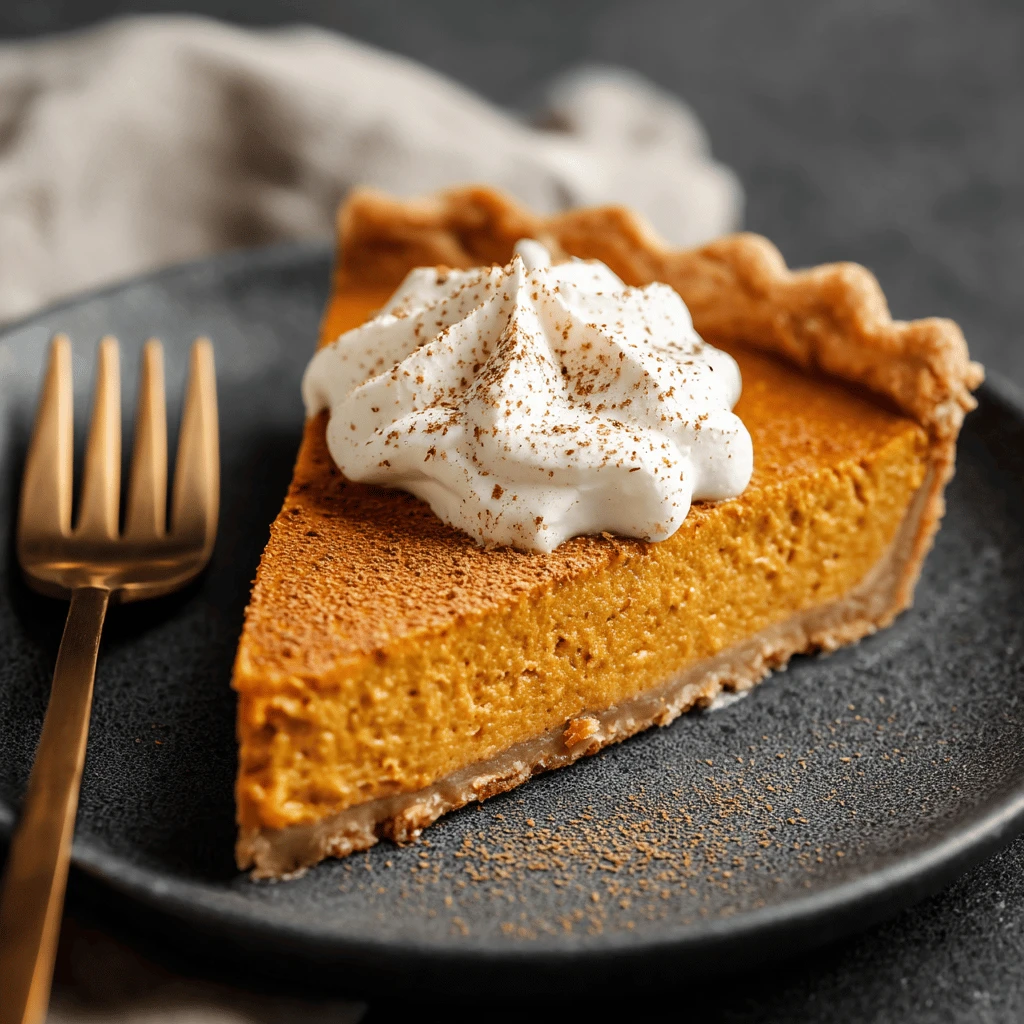Homemade Healthy Pumpkin Pie
Pumpkin pie is a beloved classic, especially during the fall season. But often, traditional recipes are loaded with sugar and unhealthy fats. This article provides a delicious and nutritious alternative: a homemade healthy pumpkin pie that doesn’t compromise on flavor. We’ll cover everything from ingredient selection to baking tips, ensuring you can create a guilt-free dessert that everyone will enjoy.
Embracing Healthy Ingredients for Pumpkin Pie
The key to a healthy pumpkin pie lies in swapping out some of the less desirable ingredients for healthier alternatives. This doesn’t mean sacrificing taste; it means being mindful of what we put into our bodies.
Pumpkin Puree: Fresh vs. Canned
The star of the show is, of course, pumpkin puree. You have two options: fresh or canned. While fresh pumpkin puree offers a richer, more authentic flavor, it requires more preparation. To make fresh pumpkin puree, roast a pie pumpkin until tender, then scoop out the flesh and blend until smooth. Canned pumpkin puree is a convenient and readily available alternative. Make sure to choose 100% pumpkin puree, not pumpkin pie filling, which already contains added sugars and spices.
Sweeteners: Avoiding Refined Sugar
Traditional pumpkin pie recipes often rely heavily on refined sugar. Thankfully, there are several healthier options. Maple syrup, honey, coconut sugar, and dates are all excellent alternatives. These natural sweeteners not only add sweetness but also contribute unique flavor profiles to the pie. When using these alternatives, start with a smaller amount than the refined sugar called for in a traditional recipe and adjust to taste. Dates can be processed into a paste and have the double benefit of acting as a healthier sweetener and a binding agent.
Crust Alternatives: Gluten-Free and Beyond
The crust is another area where we can make significant health improvements. Traditional pie crusts are often made with butter and refined flour. Consider using whole wheat flour, almond flour, or a gluten-free flour blend for a more nutritious crust. You can also experiment with crustless pumpkin pie recipes, which eliminate the need for a crust altogether. If you’re opting for a crust, using cold-pressed coconut oil instead of butter can add a subtle coconut flavor and healthy fats. If you chose to use a traditional butter crust, keep the butter very cold when combining the ingredients, to maintain the flakey texture.
Dairy-Free Options: Coconut Milk and More
For those who are dairy-free, there are plenty of substitutions to consider. Coconut milk provides a creamy texture similar to traditional dairy and works exceptionally well in pumpkin pie filling. Cashew cream is another excellent alternative. To make cashew cream, soak raw cashews in hot water for at least 30 minutes, then drain and blend until smooth and creamy. You can also use plant-based milk alternatives like almond milk, oat milk, or soy milk, but be aware that these may alter the texture slightly.
Crafting the Perfect Healthy Pumpkin Pie Filling
With healthy ingredients in hand, it’s time to create the filling. The goal is to achieve a smooth, flavorful, and perfectly spiced pumpkin pie filling.
Spices: Warmth and Flavor
Spices are crucial for pumpkin pie. Cinnamon, nutmeg, ginger, and cloves are the classic combination. Experiment with different ratios to find your preferred blend. A pinch of allspice or cardamom can also add a unique twist. Freshly ground spices will provide a more intense and aromatic flavor compared to pre-ground spices.
Achieving the Right Texture
The texture of your pumpkin pie filling is essential. Overbaking can lead to a cracked and dry pie, while underbaking can result in a soggy mess. The filling should be set but still have a slight jiggle in the center when you remove it from the oven. To prevent cracking, bake the pie at a lower temperature for a longer period. Adding a tablespoon of cornstarch or arrowroot powder can also help to stabilize the filling.
Mixing and Preparation Techniques
When mixing the filling, be careful not to overmix. Overmixing can develop the gluten in the flour (if using), resulting in a tough pie. Gently fold the ingredients together until just combined. Before pouring the filling into the crust, consider pre-baking the crust for a few minutes to prevent it from becoming soggy.
Step-by-Step Baking Instructions for a Healthy Pumpkin Pie
Now that you have your healthy ingredients and delicious filling, let’s get to the baking process. Follow these step-by-step instructions for a perfect healthy pumpkin pie every time.
Preparing the Crust
Whether you’re using a homemade or store-bought crust, proper preparation is key. If you’re making a homemade crust, refrigerate it for at least 30 minutes before rolling it out. This will help to relax the gluten and make it easier to work with. Roll out the crust on a lightly floured surface and carefully transfer it to your pie dish. Crimp the edges to create a decorative border. If you’re pre-baking the crust, prick the bottom with a fork to prevent it from puffing up.
Baking the Pie
Preheat your oven to 350°F (175°C). Pour the pumpkin pie filling into the prepared crust. Bake for 50-60 minutes, or until the filling is set with a slight jiggle in the center. To prevent the crust from browning too quickly, cover the edges with aluminum foil or use a pie shield.
Cooling and Serving
Once the pie is baked, let it cool completely at room temperature before refrigerating. This will allow the filling to set properly and prevent cracking. Refrigerate for at least 2 hours before serving. Serve chilled or at room temperature. Top with a dollop of coconut whipped cream, a sprinkle of cinnamon, or a drizzle of maple syrup for an extra touch of flavor.
Tips and Tricks for a Healthier and Tastier Pumpkin Pie
Here are some additional tips and tricks to elevate your healthy pumpkin pie game:
Blind Baking Your Crust
Blind baking, or pre-baking, the crust is an important step to avoid a soggy bottom. Line the crust with parchment paper and fill it with pie weights or dried beans. Bake for 15-20 minutes, then remove the weights and parchment paper and bake for another 5-10 minutes, or until the crust is lightly golden brown.
Reducing Sugar Content Effectively
While natural sweeteners are healthier, it’s still important to be mindful of the overall sugar content. Start with a smaller amount than the recipe calls for and adjust to taste. You can also use a combination of sweeteners, such as maple syrup and dates, to create a more complex flavor profile. Consider adding a small amount of stevia or monk fruit sweetener for extra sweetness without adding calories or affecting blood sugar levels.
Incorporating Superfoods
Boost the nutritional value of your pumpkin pie by incorporating superfoods. Chia seeds can be added to the filling for extra fiber and omega-3 fatty acids. Ground flaxseed can also be used as a binding agent and provides additional nutrients. A sprinkle of cacao nibs on top adds antioxidants and a chocolatey flavor.
Flavor Enhancements: Citrus and Extracts
Experiment with different flavor enhancements to create a unique pumpkin pie. A teaspoon of orange zest or lemon zest can brighten up the filling. Vanilla extract, almond extract, or maple extract can also add depth and complexity to the flavor. A dash of bourbon or rum extract can provide a warm and comforting note.
Variations and Creative Twists on Healthy Pumpkin Pie
Don’t be afraid to get creative and experiment with different variations of healthy pumpkin pie.
Crustless Pumpkin Pie
For a truly healthy and gluten-free option, try making a crustless pumpkin pie. Simply pour the filling into a greased pie dish and bake as directed. The result is a creamy, decadent, and guilt-free dessert.
Pumpkin Pie Bars
Transform your pumpkin pie into convenient and portable bars. Bake the filling in a square baking dish and cut into bars after cooling. These are perfect for snacks, potlucks, or lunchboxes.
Vegan Pumpkin Pie
Create a completely plant-based pumpkin pie by using vegan-friendly ingredients. Substitute butter with vegan butter or coconut oil in the crust. Use coconut milk or cashew cream in the filling. Replace eggs with flax eggs (1 tablespoon of ground flaxseed mixed with 3 tablespoons of water).
Individual Pumpkin Pie Parfaits
Layer pumpkin pie filling with granola, coconut whipped cream, and chopped nuts in individual glasses to create a delicious and visually appealing parfait. This is a great option for portion control and easy serving.
Frequently Asked Questions About Healthy Pumpkin Pie
Can I use frozen pumpkin puree?
Yes, frozen pumpkin puree works just as well as fresh or canned. Just make sure to thaw it completely and drain any excess liquid before using.
How can I prevent my pumpkin pie from cracking?
Bake the pie at a lower temperature for a longer period. Avoid overbaking. Let it cool completely at room temperature before refrigerating. You can also try placing a pan of water on the bottom rack of the oven to create steam, which can help prevent cracking.
What can I use instead of eggs in pumpkin pie?
Flax eggs (1 tablespoon of ground flaxseed mixed with 3 tablespoons of water) are a great substitute for eggs in pumpkin pie. You can also use aquafaba (the liquid from canned chickpeas) as an egg replacement.
How long does healthy pumpkin pie last?
Healthy pumpkin pie will last for up to 4 days in the refrigerator. Make sure to store it in an airtight container to prevent it from drying out.
Can I freeze pumpkin pie?
Yes, you can freeze pumpkin pie for up to 2-3 months. Wrap it tightly in plastic wrap and then in aluminum foil. Thaw it in the refrigerator overnight before serving.




